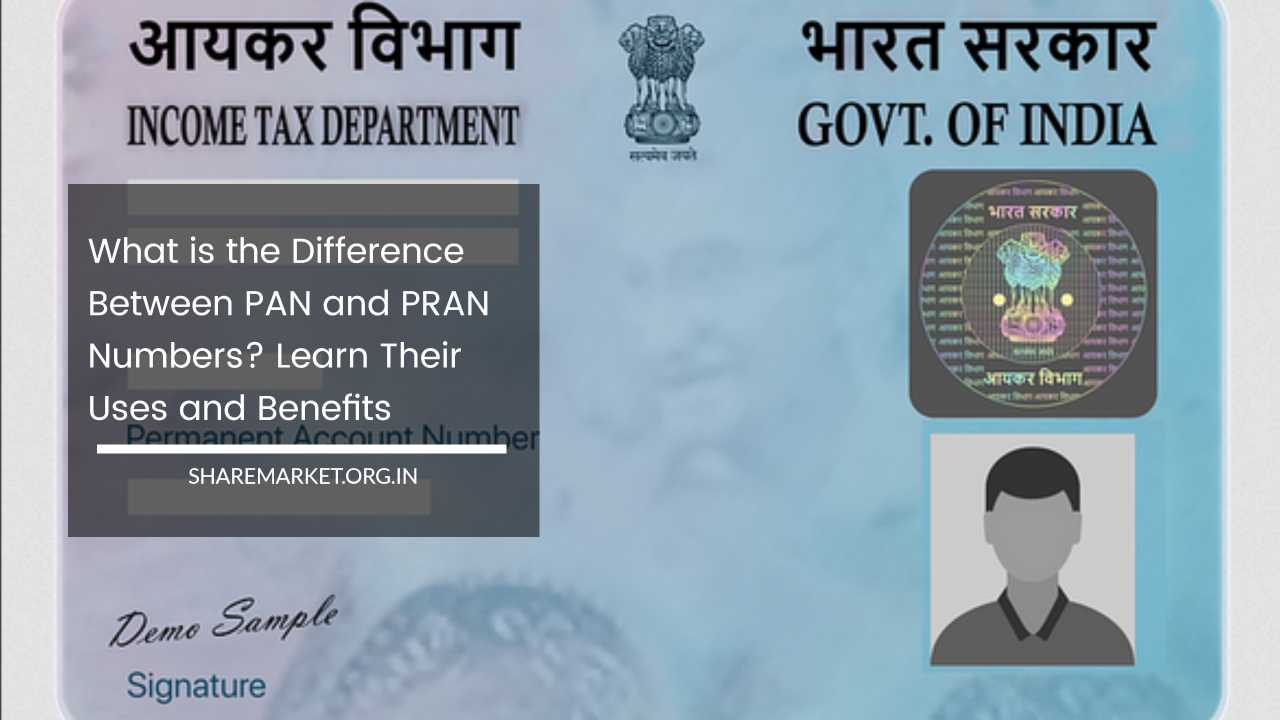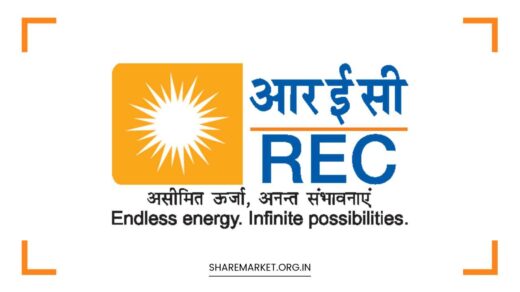What is the Difference Between PAN and PRAN Numbers? Learn Their Uses and Benefits

PAN and PRAN Numbers
PAN and PRAN: Unraveling the Differences and Exploring Their Diverse Benefits
In the world of finance and taxation, acronyms and unique identification numbers abound. Two such identifiers that often find themselves in the spotlight are PAN and PRAN.
While they might sound similar due to their abbreviated forms, PAN (Permanent Account Number) and PRAN (Permanent Retirement Account Number) serve entirely different functions in the financial landscape, each with its own set of uses and benefits.
Understanding PAN (Permanent Account Number):
What is PAN?
PAN, or Permanent Account Number, is a 10-digit alphanumeric code issued by the Income Tax Department of India.
This unique identifier is instrumental in facilitating the management and maintenance of tax-related records and transactions.
Every taxpayer in India, whether an individual or a company, is mandatorily required to obtain a PAN card. The PAN card itself is a physical document that contains this unique PAN number and serves as a crucial element in various financial activities.
The Uses and Benefits of PAN:
- Income Tax Filing: One of the primary purposes of PAN is for income tax-related activities. It acts as a taxpayer’s identity in the eyes of the Income Tax Department, ensuring that all financial transactions are associated with the correct individual or entity. This is indispensable when filing Income Tax Returns (ITR), claiming tax refunds, or making any alterations to tax filings.
- Investments: PAN plays a pivotal role in investment activities. It is a prerequisite for opening a Demat account for trading in the stock market. Additionally, it is essential for investing in mutual funds, fixed deposits, and various other financial instruments.
- Banking: PAN is often required when opening a bank account, especially for high-value transactions. It is a part of the Know Your Customer (KYC) process, which ensures the legitimacy of financial transactions.
- Property Transactions: When buying or selling property, PAN is necessary for property transactions exceeding a certain threshold. This aids in tracking and regulating property-related finances.
- Foreign Exchange: If you’re planning to travel abroad and engage in foreign exchange transactions, having a PAN card can be beneficial.
- Credit Card Application: Most credit card issuers ask for your PAN details during the application process as part of their credit assessment.
- Business Transactions: PAN is essential for businesses as well. It is used for various financial dealings, including tax deductions, TDS (Tax Deducted at Source) filings, and more.
Understanding PRAN (Permanent Retirement Account Number):
What is PRAN?
On the other hand, PRAN, or Permanent Retirement Account Number, is a distinct 12-digit unique identifier that serves an entirely different purpose.
PRAN is associated with the National Pension System (NPS) in India and is issued by the National Securities Depository Limited (NSDL).
Unlike PAN, PRAN is specifically intended for individuals who are subscribers of the NPS, a government-sponsored pension scheme aimed at providing financial security during retirement.
The Uses and Benefits of PRAN:
- National Pension System (NPS): PRAN is the cornerstone of the NPS, which is designed to provide individuals with a systematic and structured means of saving for retirement. It facilitates contributions, tracks investments, and enables seamless withdrawals upon reaching retirement age.
- Identity for NPS Subscribers: PRAN serves as a unique identity for all NPS subscribers, helping the NPS authorities to maintain accurate records of their contributions and investments.
- Two Types of NPS Accounts: PRAN enables individuals to have two types of NPS accounts under a single identifier – Tier-I and Tier-II. Tier-I is a mandatory account with restrictions on withdrawals, primarily designed for retirement savings. Tier-II is a voluntary account with more flexibility, allowing subscribers to withdraw their savings whenever they desire.
- Pension Claims: When individuals reach the retirement age specified by the NPS, PRAN is instrumental in facilitating the process of claiming their pension benefits. It ensures that the rightful beneficiaries receive their due financial support during their retirement years.
- Online Accessibility: PRAN accounts are accessible online, making it convenient for subscribers to monitor their NPS investments, contributions, and account statements from the comfort of their homes.
- Portability: PRAN is portable, meaning that if an NPS subscriber changes jobs or locations, their PRAN remains the same. This ensures continuity in their retirement savings plan.
- Tax Benefits: Contributions made to the NPS under PRAN are eligible for tax benefits under Section 80CCD of the Income Tax Act, making it an attractive choice for those seeking to optimize their tax liabilities while planning for retirement.
Distinguishing PAN from PRAN:
While both PAN and PRAN have their unique attributes and benefits, it’s crucial to highlight some key differences that set them apart:
- Issuing Authority:
- PAN: Issued by the Income Tax Department of India.
- PRAN: Issued by the National Securities Depository Limited (NSDL) for NPS subscribers.
- Number of Accounts:
- PAN: An individual or entity typically has one PAN account.
- PRAN: An individual can have two types of NPS accounts under a single PRAN – Tier-I and Tier-II accounts.
- Primary Purpose:
- PAN: Primarily used for income tax-related activities, investments, and various financial transactions.
- PRAN: Specifically designed for subscribers of the National Pension System (NPS) to facilitate retirement savings and pension benefits.
- Length of the Identifier:
- PAN: Comprises 10 alphanumeric characters.
- PRAN: Consists of 12 digits.
Final Remarks:
In conclusion, PAN and PRAN may share a similar naming convention and alphanumeric format, but their roles and functionalities in the financial ecosystem are vastly different.
While PAN is a ubiquitous identifier mandatory for all taxpayers in India, PRAN is specifically tailored to serve the needs of individuals participating in the National Pension System.
Understanding the distinctions between these two identifiers is crucial for anyone navigating India’s complex financial landscape.
Whether you’re filing taxes, investing in the stock market, or planning for your retirement, being well-informed about the benefits and uses of PAN and PRAN is essential for making sound financial decisions and securing your financial future.

















